This article was medically reviewed by Erik Kramer, DO, MPH. Dr. Erik Kramer is a Board-Certified Primary Care Physician at the University of Colorado. With over 15 years of experience, his clinical interests include obesity and weight management, diabetes care, and preventive care, as well as embracing a holistic approach to primary care. He received his Doctorate in Osteopathic Medicine (D.O.) from the Touro University Nevada College of Osteopathic Medicine and completed his residency at Central Maine Medical Center. Dr. Kramer is a Diplomate of the American Board of Obesity Medicine.
There are 15 references cited in this article, which can be found at the bottom of the page.
This article has been viewed 33,693 times.
Brain scanning technology such as MRIs and CT scans can be useful for diagnosing serious conditions. You can request a brain scan, but usually a doctor won't recommend it unless you are showing "red flag" symptoms, like signs of a stroke or a head injury. The procedures are usually non-invasive, unless you need an IV for contrast dye, so they don't require much preparation. After the scan, the results will be sent to your doctor, who will discuss them with you.
Steps
Determining If You Need a Scan
-
1Ask for a brain scan if you have symptoms of tumors, strokes, or aneurysms. Symptoms can include weakness on one side of your body, being unsteady on your feet, double vision or vision loss, abnormal reflexes, and confusion. Go to a doctor immediately if you are experiencing these symptoms.[1]
- If you think you are having a stroke, go to the emergency room.
-
2Request a brain scan for headaches if you are in an at-risk group. If you have persistent headaches or migraines but no other symptoms, you do not need a brain scan. However, if you are getting headaches and have cancer, are immunosuppressed, are over the age of 50, or had a recent head injury, an MRI is a good idea.
- MRIs often find minor abnormalities that have nothing to do with headaches. This can cause unnecessary stress. Avoid asking for an MRI for headaches unless you are in one of the at-risk groups.[2]
- Your doctor might make an exception if there have been significant changes to your headaches. Discuss all of you symptoms with your doctor.
Advertisement -
3Use brain imaging to rule out physical causes of mental illness. Brain imaging technology like MRIs and CT scans can't diagnose mental illness. However, physical injuries like tumors or bleeding in the brain can cause psychiatric symptoms like depression, anxiety, or panic attacks. Your doctor might recommend a brain scan to check if your symptoms are caused by a physical change to your brain.[3]
- Your doctor will most likely recommend therapy and medication first. If you don't respond to this treatment, the doctor may recommend a brain scan.
-
4Look at soft tissue with an MRI. MRI scans use magnets to create detailed images of abnormalities in the brain tissue. This can be useful for finding things like tumors, some aneurysms, and multiple sclerosis.[4]
- Some facilities offer open MRIs for people with claustrophobia or those who are too large to fit in a closed MRI machine.
- MRIs are generally more expensive and take longer than CT scans.
- In the United States, an MRI generally costs over $2,500, even with insurance. They might cost anywhere from around $500 to over $13,000, depending on where you live.
-
5Examine the skull or blood vessels with a CT scan. If you have a brain tumor, a head injury, or an aneurysm, a CT scan is the best way to examine your injury. If you aren't sure if you have one of these conditions, explain your symptoms to your doctor and ask if it's worth undergoing a CT scan for a diagnoses.[5]
- Sometimes you can get a CT scan if you can't get an MRI. If you have an injury that makes it hard for you to lay still or if you are getting treated for cancer, your doctor may recommend a CT scan rather than an MRI.
- CT scans can cost between $300 to $5000, depending on where you go and what your insurance covers.
Warning: Be aware that brain scans expose you to radiation, so it’s important to only get one when you absolutely need it. For example, a CT scan with or without contrast dye exposes you to about 2 mSv or about the equivalent of 16 months of radiation.[6]
Getting an MRI
-
1Tell your doctor ahead of time if you are claustrophobic. If claustrophobia would make an MRI scan difficult for you, there are a couple of solutions. Your doctor might prescribe a mild sedative that you can take ahead of time, or a stronger sedative that they can inject before the procedure. Or, you can look for a facility with an open MRI machine, which isn't completely closed but might not give a complete image. It's best to try a closed MRI machine first.[7]
- Each case is unique. Discuss all of your symptoms and concerns with a doctor to figure out what is best for you.
- To cope with claustrophobia, try focusing on your breathing, counting, or going to a mental "happy place."[8]
- In some cases, the MRI technician can offer you relaxing music to listen to.
-
2Eat and take any medications normally before the test. An MRI is a non-invasive imaging test, so you don't need to do much to prepare. Unless you are told otherwise, eat and drink normally before the test, and take your usual medications.[9]
- You will have to lie still for 15-60 minutes, so avoid drinking a lot of fluids right before your test.
-
3Tell your doctor if you have any metal or electronic devices in your body. If you have devices like a pacemaker, metal screws or stents, cochlear implants, or metallic joint prostheses, let your doctor know before the MRI. These can all distort the image and lead to difficulty getting a diagnosis.[10]
- Some devices can even be a safety hazard if they are attracted to the magnets in the MRI machine.
Tip: Certain implants, such as pacemakers and metal from orthopedic procedures may be MRI safe. Ask your doctor if you are unsure.
-
4Let the doctor know about any tattoos that you have. Dark tattoo ink often contains metal. Since the MRI machine uses magnets to create an image, tattoos can cause interference.[11]
- Depending on the placement of your tattoo and the ink used, your doctor may recommend a CT scan instead.
-
5Tell your doctor if you are pregnant. Doctors aren't sure what the effects of the strong magnets in MRI machines are on fetuses. If it is possible to delay your treatment, your doctor will probably recommend waiting until after you have given birth to try an MRI.[12]
- In urgent cases, your doctor may recommend an MRI or an alternative test.
-
6Remove anything metallic on your body. Take off any jewelry you are wearing, clothes with any metallic clasps, zippers, or buttons, and bras with underwire. Your doctor may ask you to wear a hospital gown rather than your own clothes, whether or not they have metal parts.[13]
- Also remove any hairpins, glasses, or cosmetics that may contain metallic parts.
-
7Receive an injected contrast dye during the scan, if suggested. Depending on what kind of problem the doctor is looking for, they might suggest using a contrast dye to make it more clear in the final image. The dye will be injected through a vein.[14]
- Very rarely, the dye can cause an allergic reaction.
- Make sure to tell your healthcare provider if you have chronic kidney disease or reduced kidney function. The contrast dye can sometimes make these problems worse.[15]
-
8Lie still on the moveable table for around 30 minutes for the test. Moving can blur the final images, so it's important to lie as still as you can. You won't feel the magnetic field at all, but the machine will be loud.[16]
- If you are anxious, your technician might give you a "panic button" to press if you need to end the test early.
Tip: Ask for earplugs or music to block out the sound of the machine.
-
9Follow any instructions the technician gives you. If you are taking a functional MRI to determine brain function, your technician might ask you to perform a simple task. This could be rubbing your fingers together or answering a simple question.[17]
- This will help the doctor look at brain activity when you are performing a specific action.
Undergoing a CT Scan
-
1Tell your doctor if you are pregnant. CT scanners use radiation to create an image. Although the risk is low for unborn babies, your doctor may still recommend an alternative test.[18]
- The low amount of radiation doesn't pose much of a risk, but if you are worried, talk about it with your doctor.
-
2Wear a hospital gown for the procedure. You will most likely be asked to take off your clothes and wear a hospital gown. This is so that none of your clothing interferes with the test.[19]
- You may also need to remove jewelry, glasses, hearing aids, and removable dental work.
-
3Receive a contrast dye through injection. For CT scans of the head, the technician may need to inject a dye into your veins to make a clearer image. They will inject the liquid through an IV. If you have an allergic reaction, the technician may also give you a steroid.[20]
Tip: If your doctor needs to use contrast dye, you may not be able to eat or drink for a few hours before the scan. Ask your doctor if you are unsure.
-
4Lie still on the table for 1-5 minutes to complete the CT scan. There may be a special cradle to hold your head still. The table will move through the scanner, which is shaped like a short tunnel. The scanner might rotate around you.[21]
- Most CT scans only take a few minutes.
-
5Drink lots of water after the test is over. If you had a contrast fluid injected, your technician will tell you to drink a lot of water. This will flush the contrast fluid out of your body faster.
- Your technician may also hold you back for a few minutes after the test to make sure you don't have a bad reaction to the contrast fluid.
References
- ↑ https://patient.info/brain-nerves/headache-leaflet
- ↑ https://www.nationalmigrainecentre.org.uk/migraine-and-headaches/migraine-and-headache-factsheets/do-i-need-a-brain-scan-for-my-headaches/
- ↑ https://www.psychologytoday.com/us/blog/think-act-be/201605/using-brain-scans-diagnose-mental-disorders
- ↑ https://www.nationalmigrainecentre.org.uk/migraine-and-headaches/migraine-and-headache-factsheets/do-i-need-a-brain-scan-for-my-headaches/
- ↑ https://www.nhs.uk/conditions/ct-scan/
- ↑ https://www.health.harvard.edu/cancer/radiation-risk-from-medical-imaging
- ↑ https://blog.radiology.virginia.edu/mri-with-tattoos/
- ↑ https://blog.radiology.virginia.edu/reducing-mri-claustrophobia/
- ↑ https://www.nhs.uk/conditions/mri-scan/what-happens/
- ↑ https://familydoctor.org/magnetic-resonance-imaging-mri/
- ↑ https://blog.radiology.virginia.edu/mri-with-tattoos/
- ↑ https://www.fda.gov/cosmetics/cosmetic-products/tattoos-permanent-makeup-fact-sheet
- ↑ https://www.nhs.uk/conditions/mri-scan/what-happens/
- ↑ https://www.insideradiology.com.au/gadolinium-contrast-medium/
- ↑ https://www.kidney.org/atoz/content/Contrast-Dye-and-Kidneys
- ↑ https://www.nhs.uk/conditions/mri-scan/what-happens/
- ↑ https://www.research.ed.ac.uk/en/publications/functional-magnetic-resonance-imaging-fmri-reproducibility-and-va
- ↑ https://www.radiologyinfo.org/en/info/safety-ct-pregnancy
- ↑ https://www.radiologyinfo.org/en/info.cfm?pg=headct
- ↑ https://www.radiologyinfo.org/en/info.cfm?pg=headct
- ↑ https://familydoctor.org/magnetic-resonance-imaging-mri/


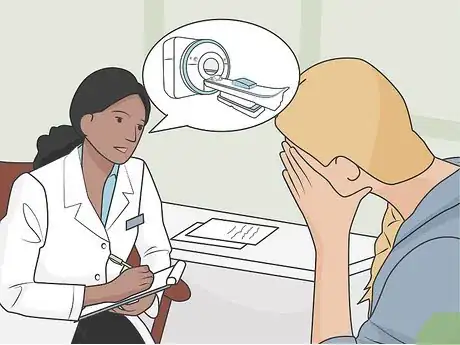

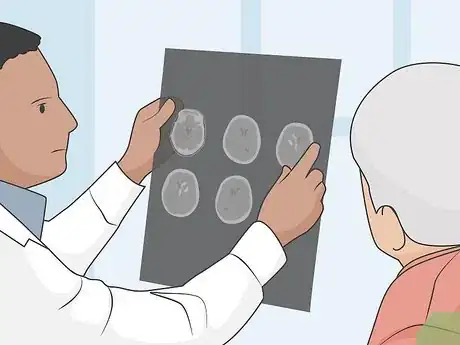





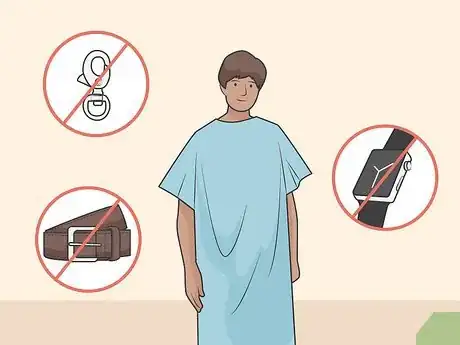


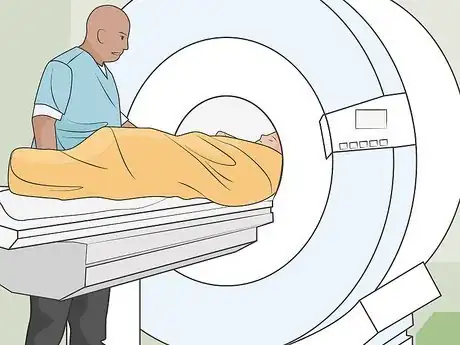


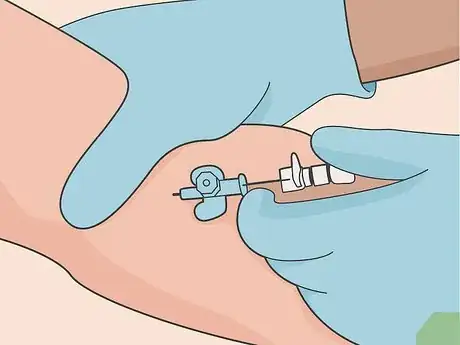
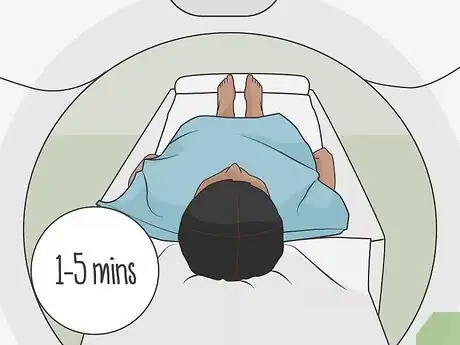












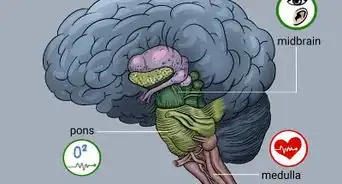
















































Medical Disclaimer
The content of this article is not intended to be a substitute for professional medical advice, examination, diagnosis, or treatment. You should always contact your doctor or other qualified healthcare professional before starting, changing, or stopping any kind of health treatment.
Read More...